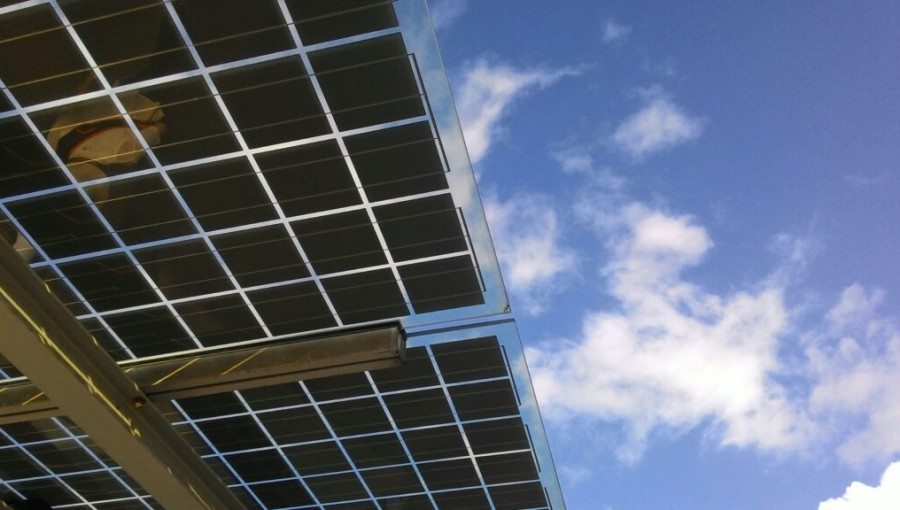India has achieved a major milestone in its green energy transition, with non-fossil fuel sources now accounting for over half of the nation’s total installed electricity capacity. According to recent government and industry data, clean energy, including solar, wind, hydro, and nuclear power, represents 50.3% of the country’s 429-gigawatt capacity. This accomplishment puts India five years ahead of its 2030 schedule to meet this target, signaling a significant acceleration in its commitment to decarbonization and positioning it as a key player in the global shift toward renewable energy.
The country’s total power capacity now stands at approximately 429 gigawatts, with clean energy sources contributing about 215 gigawatts. Solar power is the primary driver of this growth, providing nearly 82 gigawatts, followed by wind energy, which adds over 45 gigawatts to the grid. Hydropower, biomass, and nuclear energy comprise the remainder of the non-fossil fuel portfolio. This achievement is a critical step toward India’s ambitious goal of establishing 500 gigawatts of non-fossil fuel power capacity by 2030, a cornerstone of its commitments under the Paris Agreement.
This rapid progress is the result of concerted efforts involving government policy, technological innovation, and significant private sector investment. National initiatives such as the International Solar Alliance and Production Linked Incentive schemes for manufacturing solar panels have been instrumental in building out renewable energy infrastructure. The development of large-scale solar parks and dedicated wind corridors, coupled with ongoing grid modernization, has enabled the country to effectively scale up its clean power generation capabilities.
However, a distinction must be made between installed capacity and actual energy generation. While renewable sources now dominate capacity, fossil fuels like coal continue to generate the majority of India’s electricity. This is because coal-fired plants operate consistently, whereas solar and wind power are intermittent, depending on weather and time of day. The gap between capacity and output is expected to narrow as battery storage technologies become more widespread and grid integration systems improve, allowing for more reliable use of renewable power.
The push for clean energy is also a strategic response to India’s burgeoning energy demand, driven by a population of over 1.4 billion and rapid economic development. By investing in renewables, India aims to enhance its energy security, reduce reliance on imported fossil fuels, and curb CO2 emissions. The sector has attracted substantial capital, drawing over $14 billion in 2023 alone, with emerging fields like green hydrogen and offshore wind identified as the next frontiers for expansion.
Despite this success, challenges persist. Developers of renewable energy projects often face hurdles related to land acquisition, regulatory delays, and grid congestion. Integrating variable energy sources into the national power grid requires sophisticated infrastructure and advanced energy management systems. Nevertheless, achieving its 50% non-fossil capacity target well ahead of schedule demonstrates India’s potential to lead among developing economies, proving that ambitious climate action can align with national growth. This transition promises not just environmental benefits but also a more stable and cleaner energy future for its citizens.

